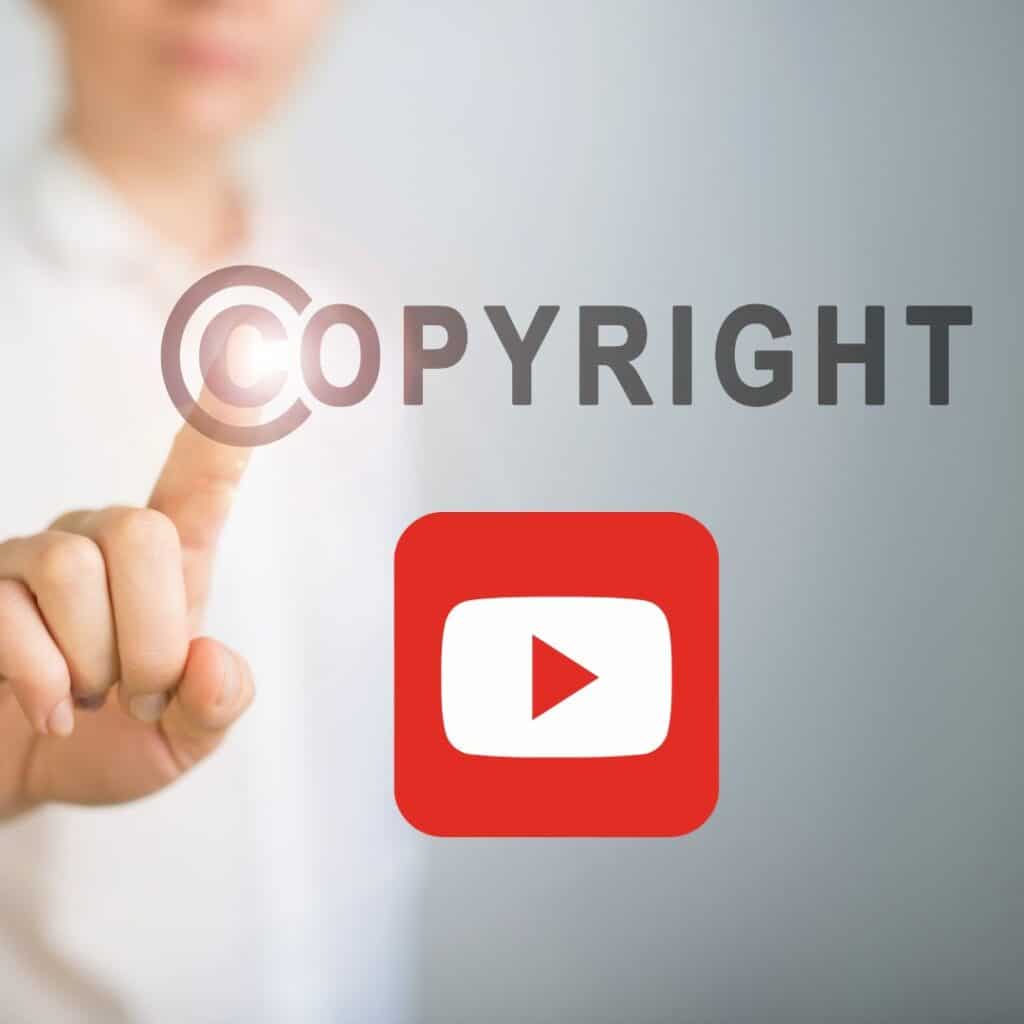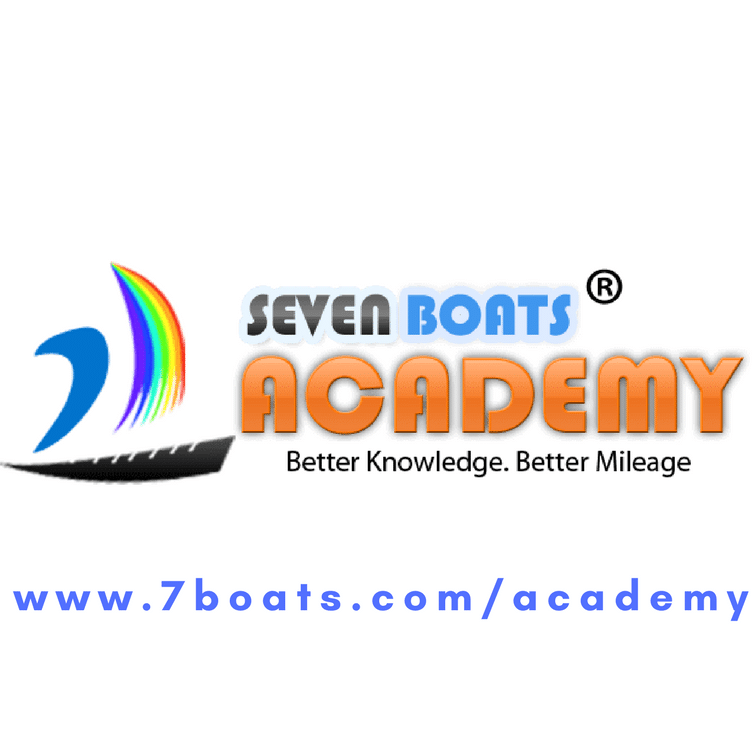
YouTube has indeed faced significant criticism and challenges related to copyright infringement on its platform. As one of the largest repositories of user-generated content, it can be difficult to monitor and control copyrighted material uploaded by users. However, YouTube has taken various measures to address copyright issues and comply with copyright laws. Some of the actions they have taken include:
- Content ID System: YouTube has developed a sophisticated Content ID system, which uses audio and video matching technology to automatically identify and manage copyrighted content. Content owners can submit reference files of their copyrighted material to the system. When a video is uploaded, the system compares it against the reference files and can take actions such as blocking, tracking, or monetizing the content based on the rights holder’s preferences.
- Copyright Management Tools: YouTube provides rights holders with Copyright Management Tools to control their copyrighted material on YouTube.
- Copyright School and Education: YouTube provides educational resources and tutorials through “Copyright School” to educate users about copyright laws and the platform’s copyright policies. New users and those with copyright strikes are required to complete these tutorials to raise awareness about copyright issues.
- Reporting and Takedown Mechanisms: YouTube has a reporting system that allows copyright owners to submit infringement claims. If a valid claim is made, YouTube may take down the infringing content or apply restrictions on it.
- Copyright Strikes: If a copyright owner submits a valid Digital Millennium Copyright Act (DMCA) complaint, YouTube takes down the video and applies a copyright strike against the account of the person who posted it. If a user receives three copyright strikes in 90 days, their account, along with any associated channels, will be terminated.
- Dispute Process: YouTube provides a process for users to dispute copyright claims if they believe their content was wrongly removed due to a mistake or misidentification.
- Fair Use Consideration: YouTube acknowledges the concept of fair use, which allows the limited use of copyrighted material without permission for purposes such as criticism, commentary, news reporting, education, and research. They provide a process for users to dispute copyright claims if they believe their use of the copyrighted material falls under fair use.
- Repeat Offender Policy: YouTube has a policy in place to address repeat copyright infringers. Accounts that receive multiple copyright strikes may face penalties, such as channel termination, loss of monetization, or other limitations.
- Copyright Match Tool: YouTube has introduced a “Copyright Match Tool” for eligible creators. This tool allows them to identify full re-uploads of their original videos on other channels, providing options to request removal or take other actions.
- Collaborative Approach: YouTube collaborates with copyright owners and organizations to address copyright concerns. This includes working with major media companies to license their content for use on the platform.
Related reading: YouTube course in Kolkata
Despite these efforts, copyright-related issues continue to be a challenge for YouTube due to the sheer volume of content uploaded every day. Striking a balance between protecting copyright holders’ rights and fostering a creative and open platform remains an ongoing process for YouTube and other user-generated content platforms.
Sources:



0 responses on "How does YouTube address Copyright Issues & Compliances?"